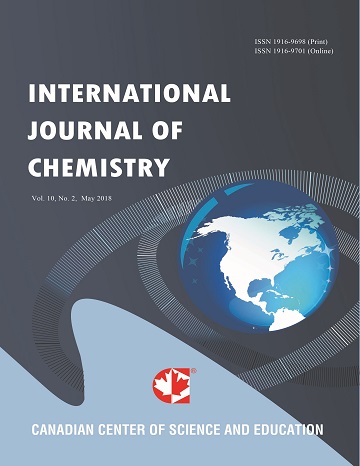Synthesis, Electronic and Optical Properties of Cobalt(II) Dithiocarbamate Fluorescent Nanowires for Optoelectronic Devices
- Sanjeev K. Ujjain
- Preety Ahuja
- Raj K. Sharma
- Gurmeet Singh
Abstract
Schiff base containing symmetric bis-dithiocarbamate ligand Na2[dtc-SB-dtc] (SB = Bi-Schiff base Phenylene diamine) is synthesized and metallated with Co(II)Cl2.6H2O to form [Co(dtc-SB-dtc).2H2O]n Co(dtc-SB) infinite coordination polymer (ICP) nanowires [Co(dtc-SB) NWs]. Pair of Satellites in X-ray photoelectron spectroscopy (XPS) spectrum of Co 2p confirm the formation of hexa-coordinated Co(II). Presence of hyperfine pattern in low temperature EPR spectrum is due to the splitting of octahedral ground state 4T1 for Co(II). Introduction of a rigid, non-planar, four membered dtc Cobalt chelating ring in coordination polymer assisted in reduction of photoinduced electron transfer (PET) process to yield high fluorescence. Prepared Co(dtc-SB) NWs are highly resistive however after suitable doping, exhibit p and n type conductivity. Temperature dependent conductivity results of different doping concentrations in NWs reflect activated type conduction with two different activation energies. UV-Visible absorption spectra show decrement in optical gap whereas emission spectra demonstrate quenching after p and n doping. Efficient quenching of emission indicates energy transfer between dopant ions and NWs.
- Full Text:
 PDF
PDF
- DOI:10.5539/ijc.v7n1p69
Index
Contact
- Albert JohnEditorial Assistant
- ijc@ccsenet.org
